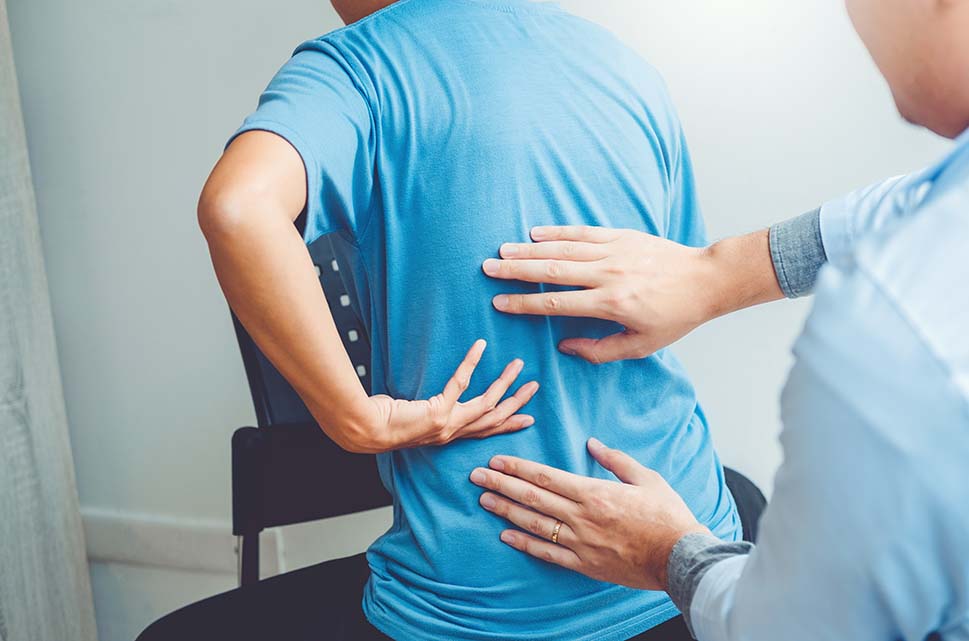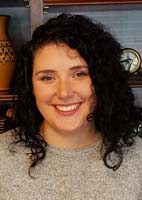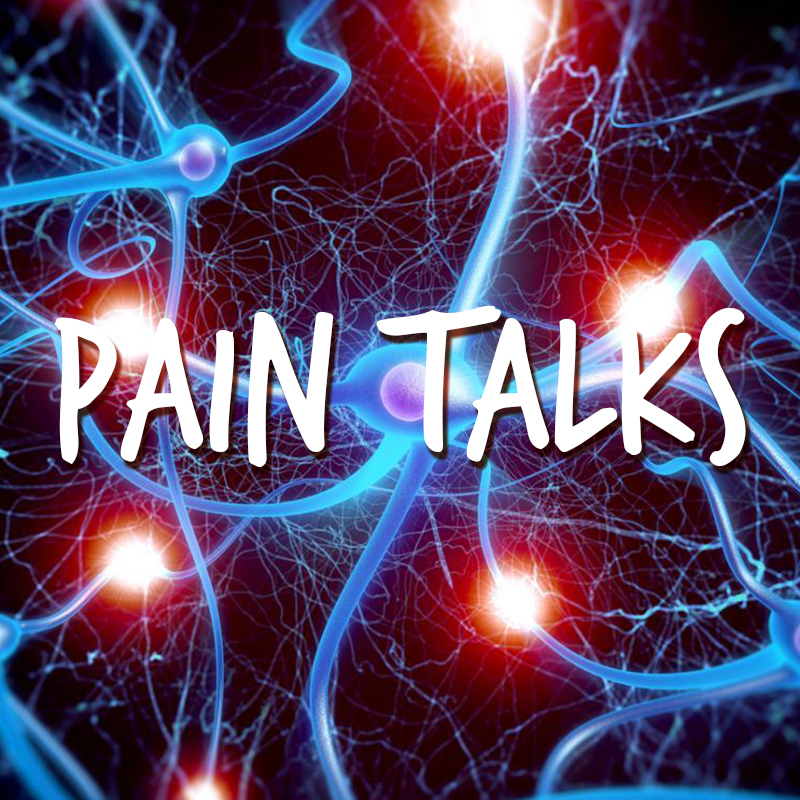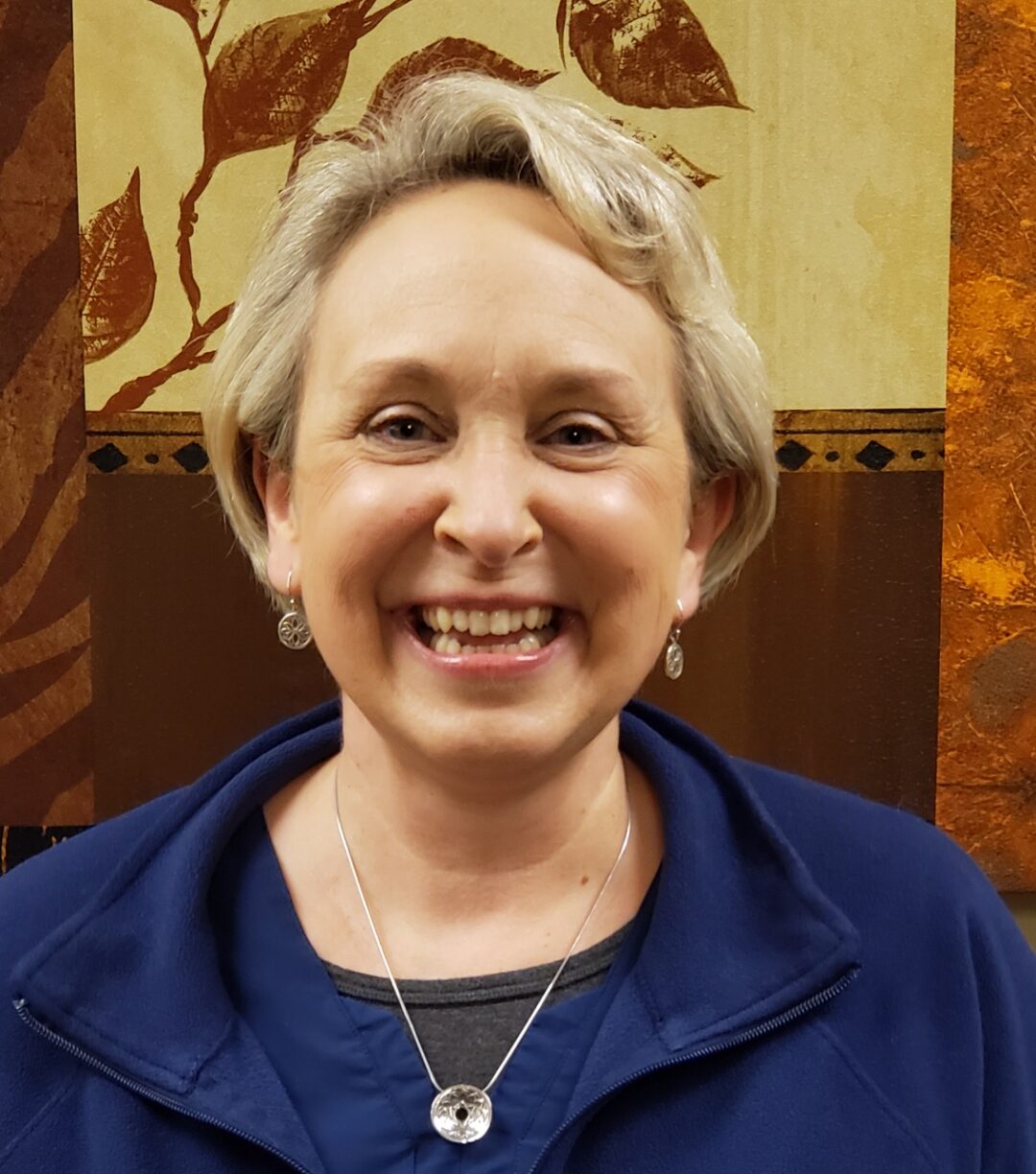 Using the idea that the mind and body are intimately connected, it is safe to say that when something happens to one part, the other area is also affected. So, it is important for one part to know what the other part is doing. To help with this connection it is helpful to be focused and centered. When exercising it is good to be attentive on what you are doing right at that moment instead of what one did yesterday or what the rest of today has planned. With chronic pain comes fear of movement, anticipation of pain that may or may not occur, anxiety how long the pain flare up might last, and anticipation of how long it might take to fully recover. At times there is a lot of self judgement of how well one is doing by comparing yourself to the movements of other people or to what one was able to do before the injury. Being mindful of your motion is to just move without caring how it looks, feels, or is limited. Just starting to move again is an accomplishment in its self. By using judgement-free slow gentle motions in standing, sitting, kneeling, or laying down, one can feel their way through different activities. As you move through an activity it is good to feel when a stretch sensation starts, when it becomes more tension, and when to stop as it turns to pain. By limiting the range of motion to a gentle stretch/tension, or a light even fatigue, a person can re-learn how to move. With better movement, comes longer time of each motion, and improve activity tolerance. The longer you can move with less pain or fatigue, ther more you can return to prior hobbies, house chores, yard work, or vocation demands.
Using the idea that the mind and body are intimately connected, it is safe to say that when something happens to one part, the other area is also affected. So, it is important for one part to know what the other part is doing. To help with this connection it is helpful to be focused and centered. When exercising it is good to be attentive on what you are doing right at that moment instead of what one did yesterday or what the rest of today has planned. With chronic pain comes fear of movement, anticipation of pain that may or may not occur, anxiety how long the pain flare up might last, and anticipation of how long it might take to fully recover. At times there is a lot of self judgement of how well one is doing by comparing yourself to the movements of other people or to what one was able to do before the injury. Being mindful of your motion is to just move without caring how it looks, feels, or is limited. Just starting to move again is an accomplishment in its self. By using judgement-free slow gentle motions in standing, sitting, kneeling, or laying down, one can feel their way through different activities. As you move through an activity it is good to feel when a stretch sensation starts, when it becomes more tension, and when to stop as it turns to pain. By limiting the range of motion to a gentle stretch/tension, or a light even fatigue, a person can re-learn how to move. With better movement, comes longer time of each motion, and improve activity tolerance. The longer you can move with less pain or fatigue, ther more you can return to prior hobbies, house chores, yard work, or vocation demands.
Types of Mindful Movement
Any activity can be changed into a focused gentle motion practice from personal grooming, eating, house chores, or even driving a car. To learn how to relax into a motion and to re-learn how to focus, there are some common structured exercises that can be used. These include Pilates, Tai Chi, and Yoga. These practices can be completed at any age, any life stage, and within any fitness level or positional tolerance.
Pilates
Created by Joseph Hubertus Pilates in Germany, 1883, to self-treat his allergies and different ailments. He continued to develop his training program of light resistance against bands and springs during WWI. The practice of using his exercises and machines continues today as an alternative to typical exercises with free weights, nautilus machines, or general cardiovascular exercises. The benefits to Pilates is that the exercises can be completed with Pilates machines, without Pilates machines, in standing, sitting, or laying down. The exercises target the core of the body, stomach, low back, and hips, with focus on end range of motion of the arms and legs. By having a better foundation/core for the arms and legs to move more easily, the outcome is more relaxed, coordinated, controlled movements for any activity throughout the day with more resilience to injury. The difficulty with Pilates is that some of the starting positions are difficult to get into, some machines require a decent level of coordination, and the workouts can become very tiring and taxing quickly to someone who has low endurance levels.
Yoga
Yoga dates back almost 5,000 years in ancient times. Ther term Yoga means “to join together or yoke together” of the mind and the body. The system of yoga practice combines exercise, breathing, and meditation. As the practitioner uses yoga, they will develop more gentle effective breathing, giving more energy to the body. As the breath increases so does the strength and focus to allow for better control, coordination, and relaxation from daily stress. Each form or stretch position is designed to re-align and improve flexibility of an area while relaxing the muscles and joints. These stretches can be completed in standing, sitting, or laying down, while one works within their limitations, injury, or decreased flexibility. The benefits of yoga are increased flexibility, increased core strength, improved physical balance, improved self-awareness and emotional balance, relaxation, and decrease stress. The difficulty with yoga is that it can be very demanding, physically challenging, and difficult to change positions quickly.
Tai Chi
This is a martial art that is dated back to 2,500 years ago. It is the practice of a slow motion movements to provide a calm mind, relaxed muscles, and improved balance. According to this philosophy of exercise, our bodies are made up of earth, wind, fire, water, and metal (just like the environment and universe we live in). Using the slow motion positions, we can re-align our energy that is made up of these five elements to give us better health, flexibility, energy, and relaxation. When using these martial arts movements, or forms, it is slow and gentle to allow the person to feel their way through the motions and calm the mind, deepen the breath, and re-center one’s attention to their overall balance. Another benefit to this practice is that it is in slow motion that allows the person to feel the start of increased discomfort of any kind before it becomes a problem. When encouraged to work within one’s own limits, tai chi can be a very safe gentle progression. Another benefit to this practice is that it is done in standing the whole time so there are no quick motion changes, position changes (standing up to laying down on the floor), or extra stress applied to an area. The only drawbacks to tai chi is that it does require a fair amount of balance to get started and it can become confusing to move both arms and legs at the same time into each form (so learning in a class or group is strongly recommended).
PCET Physical Therapy
This department in the PCET family of services uses different elements and positions of the above exercise strategies. By combining the different approaches it is possible to help patients with chronic pain to be able to do more before the pain or discomfort increases. At the evaluation of a patient, the physical therapist will ask about the current pain, the current area, the cause of the injury, and things that make the pain better or worse. They will also ask what makes the pain increase, decrease, and what the most comfortable position is. From these questions the therapist will determine the best position (sit, stand, kneeling, or laying on your back) to start some basic movements, stretches, and exercises. Throughout the initial exercise program the patient will be instructed to use the “mindful” approach to gauge their body’s reaction to the new motions. By instructing the patient to move slowly, support them-selves with chairs, straps, or even thera-balls, the range of motion that is most tolerated is determined. As the patient eases into each position and breaths deeply to encourage relaxation, it is possible to get more comfortable again in “one’s own skin” and start to relearn to move again with less pain and discomfort, successfully.



